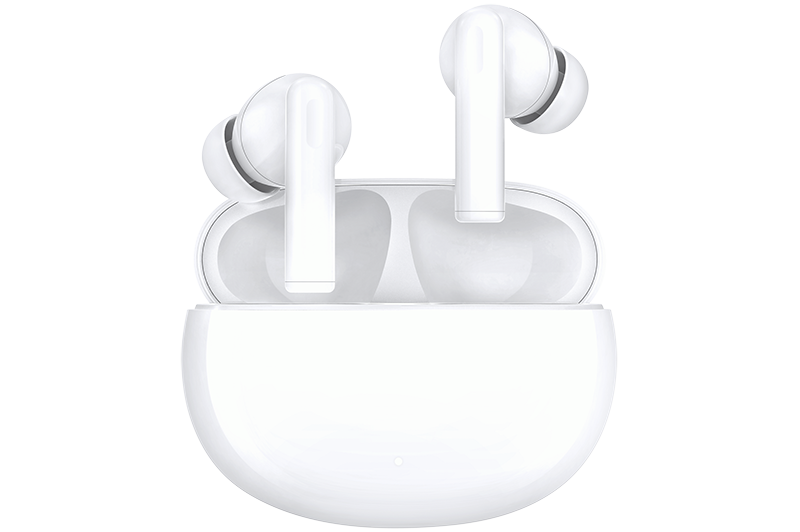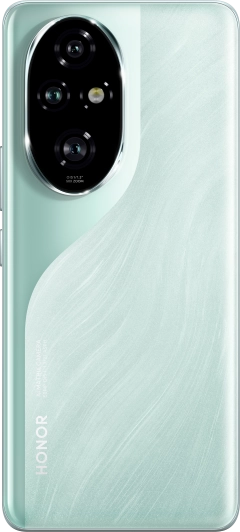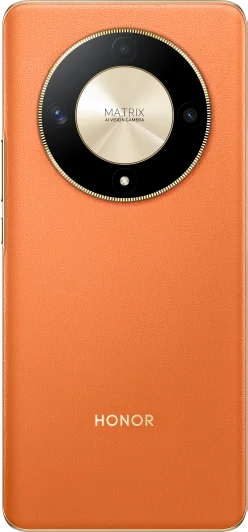
我的荣耀 开启荣耀之旅
By clicking AGREE, you indicate that you accept the HONOR PLATFORM TERMS OF USE.
Keep up to date with Honor products, services and discounts via email.
For further details about withdrawing your consent, please see HONOR Platform Privacy Statement.

Ultrasonic Fingerprint Sensor: How does it Work in HONOR 10

The ultrasonic fingerprint sensor in the HONOR 10 is a feat of modern engineering. Read this explanation to find out how they pulled it off!
Fingerprints have, for a long time, been regarded as the ultimate method of identification. Police forces around the world have used them for decades as the de facto method of proving whether a criminal is guilty, and that use has made us all a bit safer. Now, thankfully, it has become possible to harness fingerprints to make our lives easier as well.
The ultrasonic fingerprint sensor in the marvellous HONOR 10 smartphone is super-fast and really easy to use, but how does it do what it does? Well, read on and all will be revealed.
Fingerprints, as we all know, are unique to each individual, which is pretty amazing in a world packed with seven billion people. Their uniqueness derives from the fact that fingerprints consist of all the different lines that cover the skin on your body. If you were to hold a magnifying glass to your hand, you would see millions of lines, all breaking and crossing in various ways. Actually, you can see this with the naked eye – it is just easier to see with a lens. If you have never done this before, it is worth doing, because it makes it a lot easier to understand how fingerprints work.
These lines cover all of your skin, but they are most prominent on your fingertips. This is because we are constantly using our hands and they are rarely covered by clothing, so the skin there grows very slightly tougher in order to deal with the constant exposure. This means that it is most common to use fingerprints as an identification tool. However, in some of the more bizarre legal cases, other parts of the body, such as palms and even feet, have been used to convict criminals. In one recent case, police in the United Kingdom even enhanced a WhatsApp photograph of a criminal holding contraband in his hand and matched it with his fingerprint!

So how does the HONOR 10 read all those lines and ridges in your finger? Amazingly, it actually uses sound. When you place your finger against the scanner (which is hidden behind the front glass) it sends out an ultrasonic pulse. The sensor then listens to how long it takes for the signal to return. The bits of the pulse that land on the valleys in between the lines on your hand take ever so slightly longer to return to the sensor than the bits that hit the lines themselves. The sensor can take this information and build up a 3D picture of your fingerprint. It's basically like taking a picture, but with sound instead of light.
The HONOR 10 then compares this 'picture' with the one stored previously inside your device. If it matches, it unlocks; if it doesn't, it falls back to asking for your password instead. But the HONOR 10's ultrasonic fingerprint sensor is ultra-reliable, even managing to read wet fingers, which often defeated older types of sensors.
You May Like:
How to Unlock My HONOR Phones with Fingerprint
How to Use Face Unlock in HONOR Android Phones
Copyright © Honor Device Co., Ltd. 2020-2024. All rights reserved.
We use cookies and similar technologies to make our website work efficiently, as well as to analyze our website traffic and for advertising purposes.
By clicking on "Accept all cookies" you allow the storage of cookies on your device. For more information, take a look at our Cookie Policy.
Functional cookies are used to improve functionality and personalization, such as when playing videos or during live chats.
Analytical cookies provide information on how this site is used. This improves the user experience. The data collected is aggregated and made anonymous.
Advertising cookies provide information about user interactions with HONOR content. This helps us better understand the effectiveness of the content of our emails and our website.






























